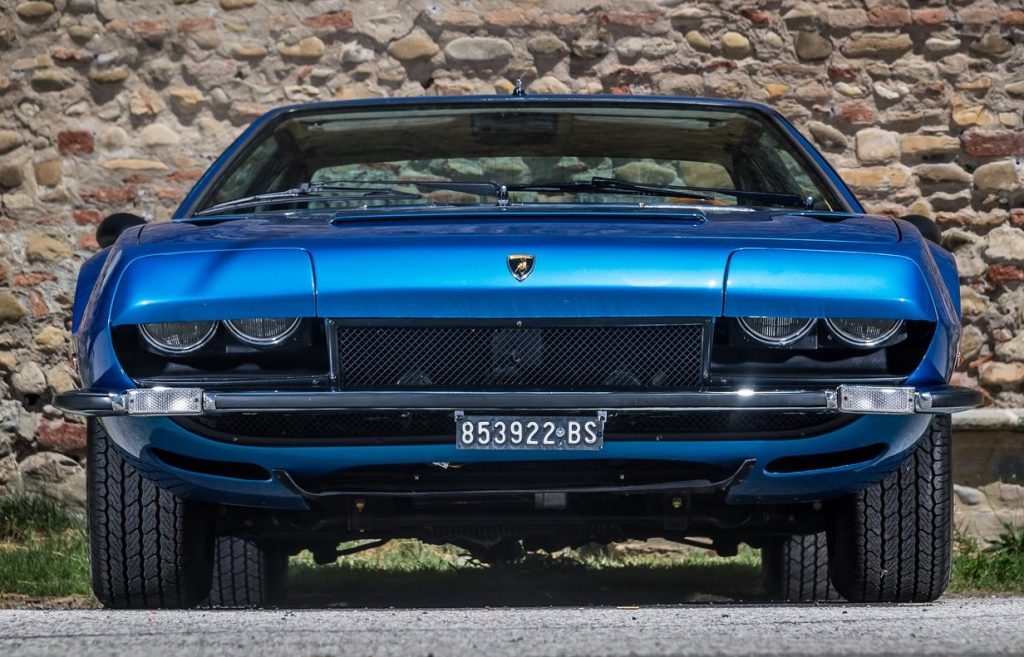
The last 2+2 the Lamborghini front-engined V12 GT turns 50 this year.
Lamborghini has recently celebrated the 50th anniversary of the Jarama GT. First debuted at the Geneva Motor Show back in March of 1970, the Jarama marks the final evolution of the Lamborghini front-engined V12 GT car for the Italian supercar company to date.
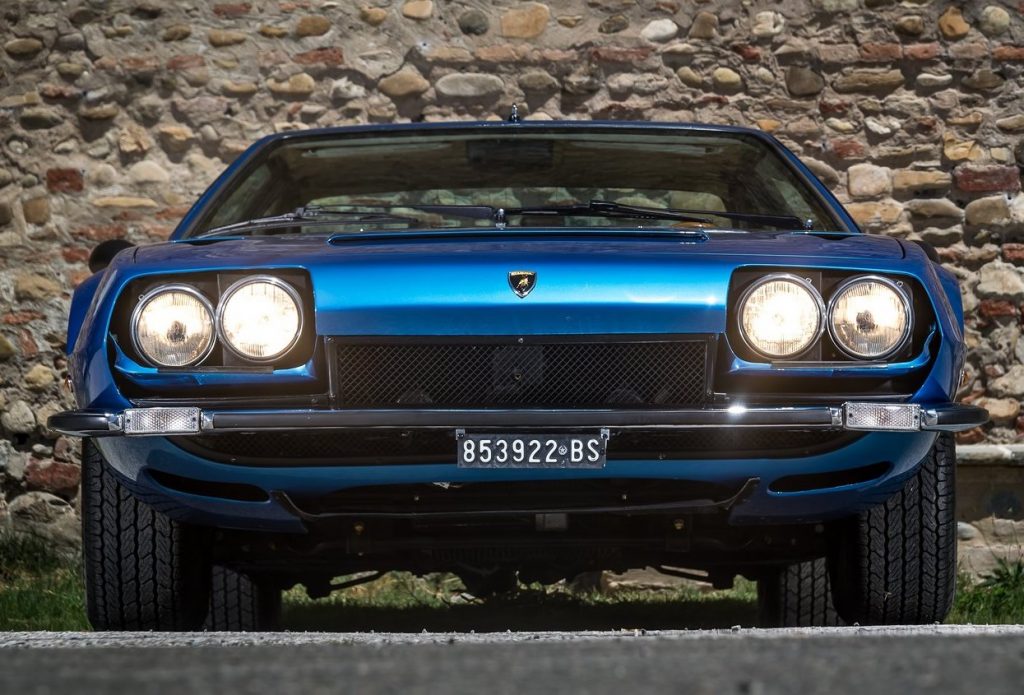
Developed as a successor to the Islero and the 400 GT, the Jarama was named after an area north of Madrid famous for breeding fighting bulls, and actually built on a shortened Espada chassis. Thus much like the Espada, under the hood of this 2+2 GT car is the venerated 3.9 litre Lamborghini V12.
ENGINE OUTPUT
Six double-body Weber 40 DCOE carburettors and a dual overhead camshafts on each bank means the Jarama outputs a healthy 350 hp, all of which transferred to the rear wheels through a five speed manual transmission.
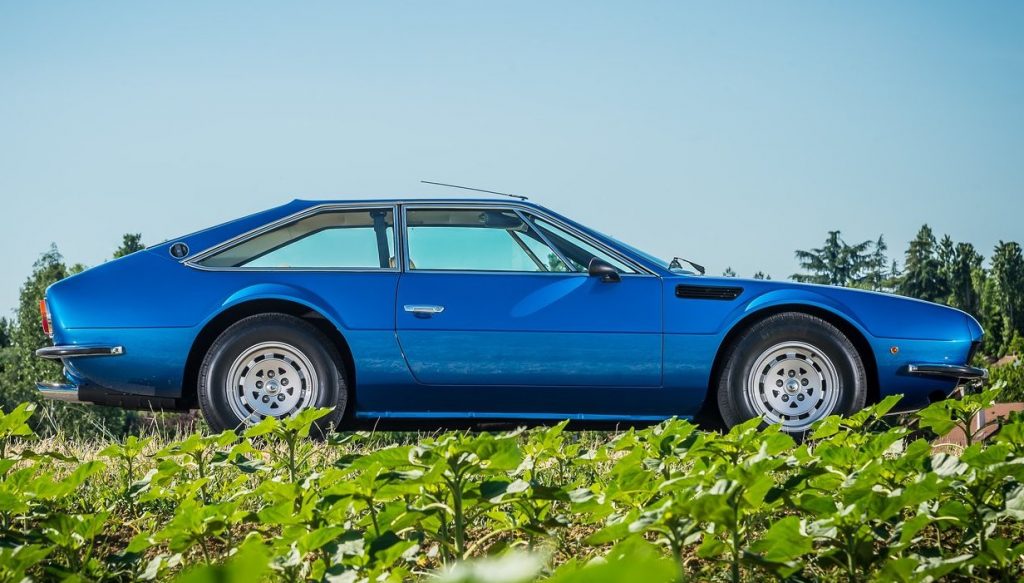
To bring its 260 km/h top speed back down to earth, braking on the Jarama was handled by disk brakes on all four corners. These 10 inch disk brakes were hidden behind stylish 15 inch Campagnolo centre-lock magnesium alloy wheels, which were incidentally exact ones seen on Miuras and Espadas of the period.
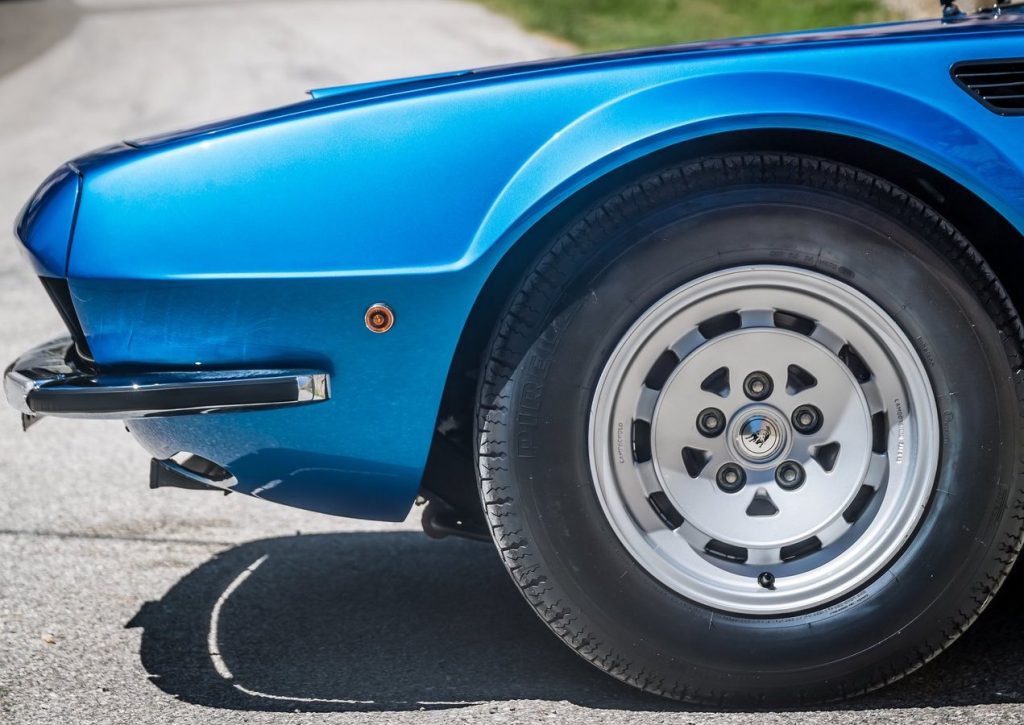
Speaking of the Miura, the Jarama’s sleek silhouette was also penned by the same legendary Italian designer Marcello Gandini for Carrozzeria Bertone.
DESIGNER
For those unfamiliar, Gandini was also the design maestro behind legendary automobiles like the Alfa Romeo Montreal, Lancia Stratos, Lamborghini Urraco and of course the poster child of the 70s supercar – the Lamborghini Countach.
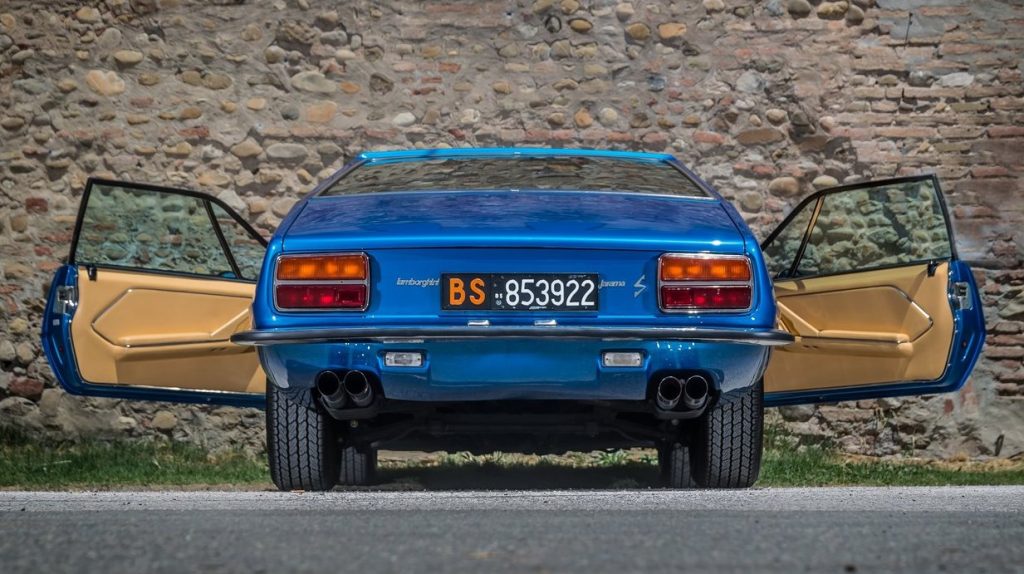
Production of the Jarama’s bodywork too is an interesting tale in itself, having first been assembled by Carrozzeria Marazzi of Caronno Pertusella for the pre-series models. Production then moved to Carrozzeria Bertone’s plant in Grugliasco for the series models, before finally ending up as a mash up between the two production plants for the final 100 Jaramas produced. Such is the Italian way of making a car back then.
PRODUCTION
A total of 382 Jaramas left the Sant’Agata final assembly line over a six year period, spanning from 1970 to 1976. 176 of which were the Jarama GT, whereas the Jarama GTS constituted the other 152.

The Jarama GTS that was launched in 1972 featured a moderate power bump of 15 hp, up to 365 hp. A transverse air intake on the bonnet and two smaller air vents on the trailing edges of the front wheel arch are visual cues for the GTS Jarama, not to mention the different alloy wheel design. The S badge out the back completes the distinguishing exterior traits of the GTS.
CABIN
Moving inside, the Jarama GTS adds differently styled seats and a redesigned dashboard with new instruments. Besides that, the usual luxury touches of the Jarama with its leather lined cabin, air conditioning and spacious boot remains.
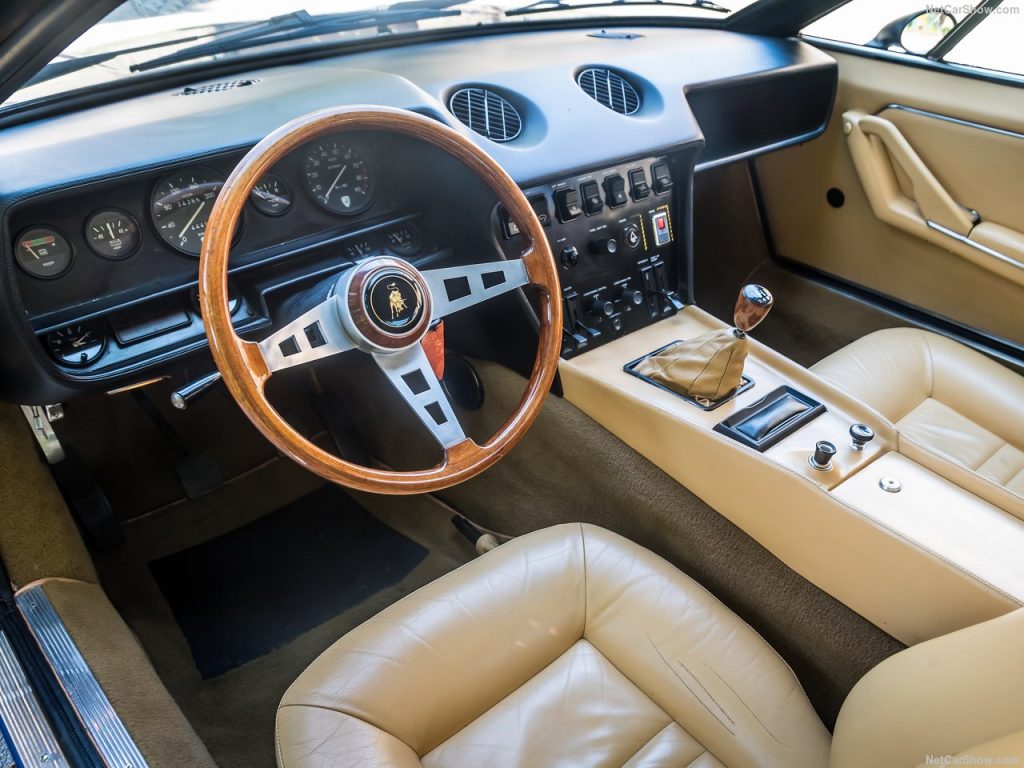
According to legend, the Jarama was Ferruccio Lamborghini’s favourite model. Having once stated in a 1991 interview that he ‘preferred the Jarama to all the others, because it is the perfect compromise between the Miura and the Espada’.

ASKING PRICE
These days, Jaramas in good nick go for $150,000 (RM 620,000) to the region of $250,000 (RM 1.05 million). So while most may not have heard of it, those in the know certainly treasure these GT Lamborghinis.
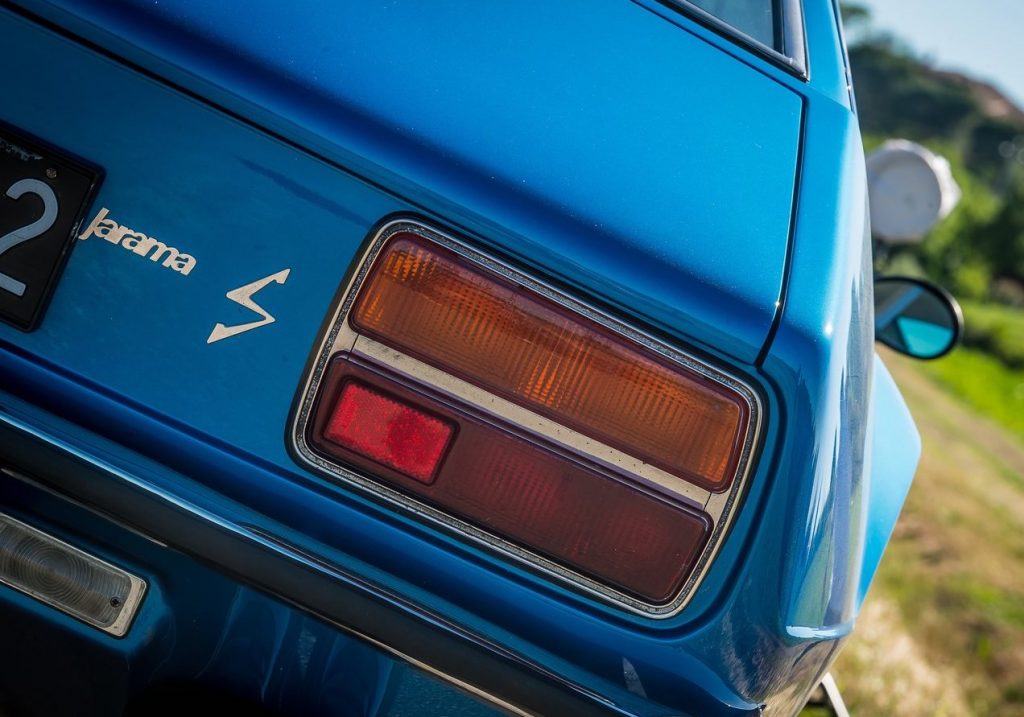
PRESS RELEASE: This year marks the 50th Anniversary of the Lamborghini Jarama GT, presented for the first time at the Geneva Motor Show in March 1970.
The Jarama, whose name derives from an area north of Madrid famous for breeding fighting bulls, was the latest evolution of the company’s 2+2 grand touring sedan concept, with a V12-cylinder, 4-liter front-mounted engine. Technically developed based on the previous 400 GT and Islero, it maintained the same mechanical layout but featured a silhouette designed by Marcello Gandini for Carrozzeria Bertone, much more in keeping with the stylistic trends of the ‘70s, using taut and angular lines.
The chassis was renewed, with a braking system featuring four large discs, of which the front ones were ventilated, track width widened by 10 centimeters to 1,490 mm (58,7 in), and 15” Campagnolo magnesium wheels, to enter the new decade in a manner befitting a sporty Lamborghini.
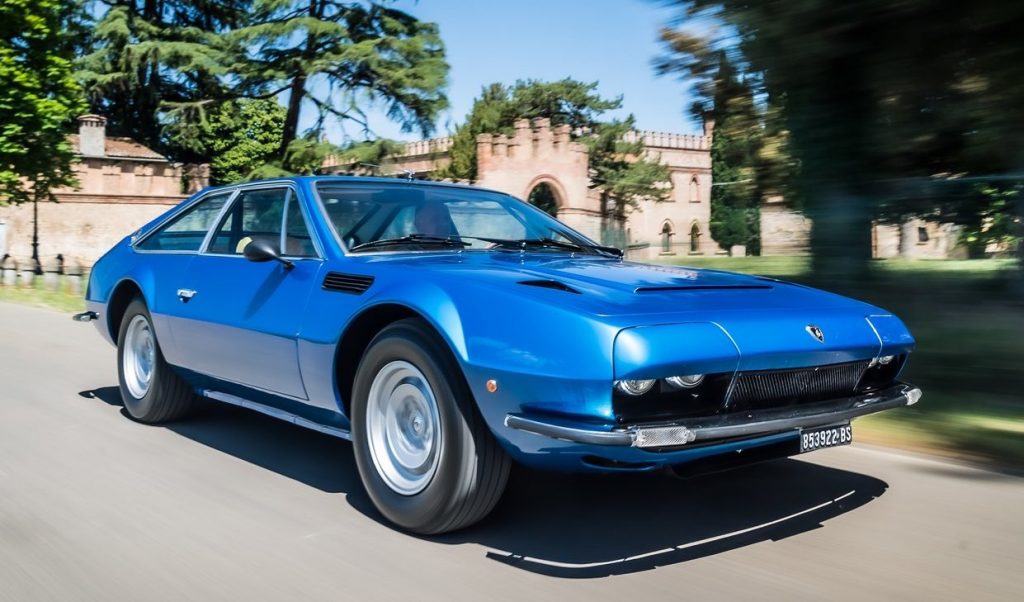
The engine, powered by six double-body Weber 40 DCOE carburettors, was the well-proven Lamborghini V12, with double overhead camshafts per bank, capable of delivering 350 hp for a top speed of 260 km/h (161 mph).
The bodywork of the pre-series units was assembled by Carrozzeria Marazzi of Caronno Pertusella (Varese), which had just finished production of the Islero, while the series models would be produced in Carrozzeria Bertone’s plant in Grugliasco (Turin).
The last 100 units of Jarama produced, in 1972, would be “hybrid”, with body panels produced by Bertone and assembled at Marazzi.
The interior is very luxurious, with leather upholstery, air-conditioning, and a comfortable passenger compartment for a sports car plus a spacious trunk.
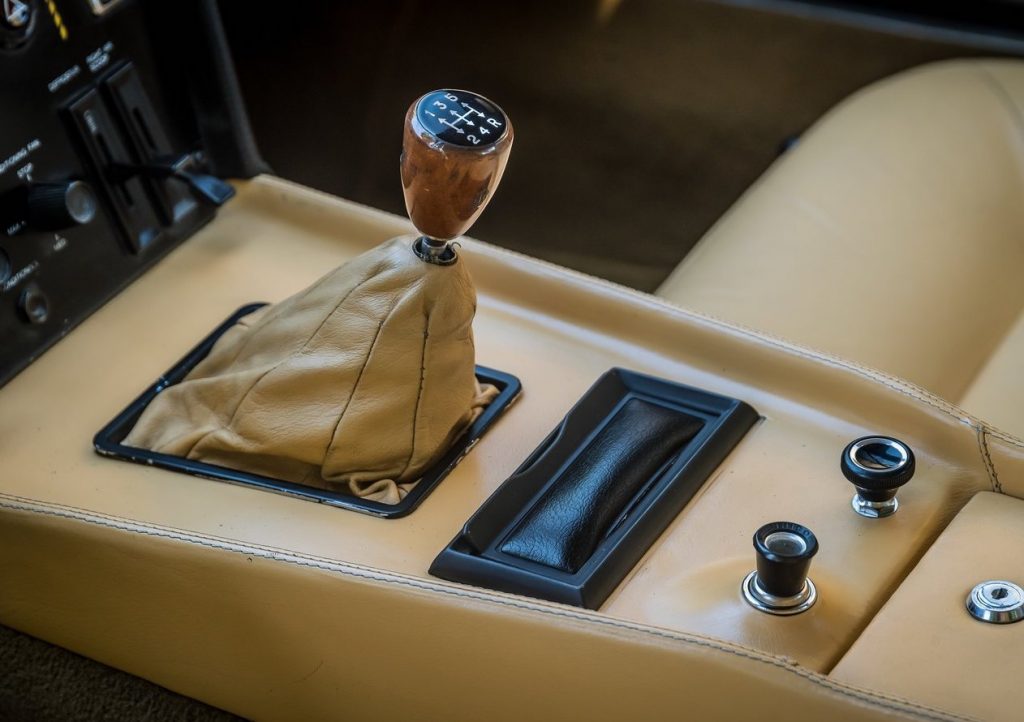
Production of the Jarama, following the 1972 Geneva Motor Show, was expanded with the Jarama GTS version with 365 HP, featuring a transverse air intake on the hood and two air outlets behind the front wheel arches.
Inside, it featured a redesigned dashboard with new instruments, and a different shaping of the front seats to improve the roominess in the back. Also different on the “S” version were the alloy wheels: less elaborate and without the single central nut.
The Jarama, of which a total of 328 units were produced, is an important model in Lamborghini’s history, not only for its beauty – which has not lost its charm over the last 50 years – but because it was the last front-engined grand tourer proposed by the company. From then on, except for the Super SUVs LM 002 and Urus, Lamborghini cars would only have the rear mid-engine layout.
Units produced
Lamborghini Jarama GT: 1970-1973, 176
Lamborghini Jarama GTS: 1972-1976, 152
